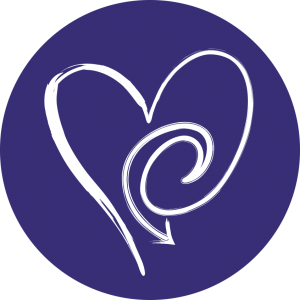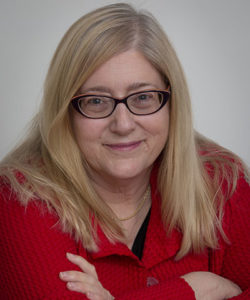Older Women’s Stories: It’s the Creative Age
Life slows down, just a little. Family and work aren’t as demanding. More time, more space, and you might discover yourself again. It’s a journey. There are definitely left turns, some detours, sometimes a one-way street, on the road to back to yourself, but each brings possible discovery.
A therapist for many years, I’ve also long been a writer—seven books and counting—but I’d never written a novel until now. Finally I closed my private practice and gave myself more time. With that time (and desire!), I found a fuller voice. As always, I write women’s stories.
Narratives, stories, they’re our first love. Every child begs, “Tell me a story.” We live on stories, we make stories about our lives, and they change as we change. And really, older women tell the best stories.
My own story grew about who I loved, who I knew and wanted to know, where I went. My novel’s plot, not surprisingly, centers around a woman’s struggle with change in herself and her loves. It takes a while to get where she was headed all along, to know what she always knew. Yes, it does sometimes.
The Creative Turn
Even more surprising, our brains turn out to be more creative than ever. It’s true! Neurological studies show the brain’s wiring, so to speak, is actually more fully connected than ever; it possesses more creative ability. We don’t see with just a zoom lens any more; now we also have a wide-angle lens. Now we can see more of the connections between things and can make new discoveries. This is the engine of creativity.
Less ego-driven now—meaning we don’t have to be famous or seek a fortune—we can discover what makes us come alive, where our joy lies. We can do just what we want to do, more or less.
My joy lies in writing. Putting those words together, finding the hidden story, looking at the ways love swoops in and alters a character, a family. For me, writing is about discovering how characters find their joy.
I titled my novel What You Don’t Know because that’s the nature of discovery.
Be grateful for what you don’t know. It’s vast, and that means there are opportunities still to come, different ways to see, think, feel. Aging is a lovely journey when you think about it that way. Some things wind down, others open up, and you have the time, the pace (slower) necessary to take them in. You experience life in new ways, even the same people in your life. Your spouse, your child, your self.
The Creative Age – Bringing it Together
What I loved in writing the novel is taking that long view. It isn’t like a short story which dwells on one or a few events in a relatively short period of time. A novel has space in it, room to roam, make more discoveries and come to understand what matters most—to the story, to the character, to the reader. It can look back into the far past and the near past both as things happen in the present.
In that way it’s somewhat like living at this age. When you’re young, you think you already have a past, and you do, a bit. I laugh when I read about 20-somethings writing memoir. I’ve read some that were very good—I have recommended them to people—but often I want more. The story feels cut short. I begin to wonder what might happen in the next ten years and to wonder how, ten years later, the writer would tell this same story. That’s not to invalidate the current way. Each view has its rightful place, but I like the more layered view that age can bring.
This view is especially vital to women’s lives. So often we have not been seen as growing wiser, with fuller lives, in the same way men do. Sometimes women are presented as if we stay children forever. Really.
The trajectory of a woman’s life can be quite different from a man’s. Men are expected, sometimes forced, onto a path that centers almost entirely around work, leaving them at a loss in late life. If they’re lucky enough to have found some detours themselves, they may have picked up new tricks which will serve them later.
Women’s lives keep changing; so much of it centers around children. Our work lives are growing at the same time too, on a separate track; some men are as involved with family, but for women the generations around us, older and younger, usually loom larger. This is demanding, but it also brings different gifts.
Women often learn to think of themselves later than men. Who are we, other than who people want us to be? What can we do that wasn’t expected of us? How have our love lives and our sexual lives changed? As our identity alters we become interested in ourselves, at the center of our own lives. The work of late life is often about the self. It’s more personal.
It’s hard for many women to make that shift at first, to ask what is it that we want now? Not that we haven’t asked that question along the way, but it comes into sharper focus later in life. It’s not just about who the people in our lives are, what work we can do and have done, it’s about what’s inside. There’s a lot inside. Suddenly we have time to seek it out.
Find Beverly here:
Website: https://www.beverlyburch.com
Instagram https://www.instagram.com/bburch522/
Facebook https://www.facebook.com/beverly.burch.35/
Substack https://burchb.substack.com
Email: [email protected]


